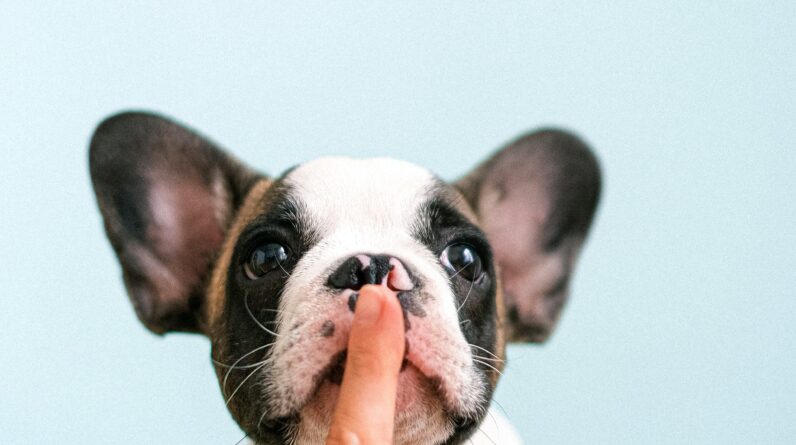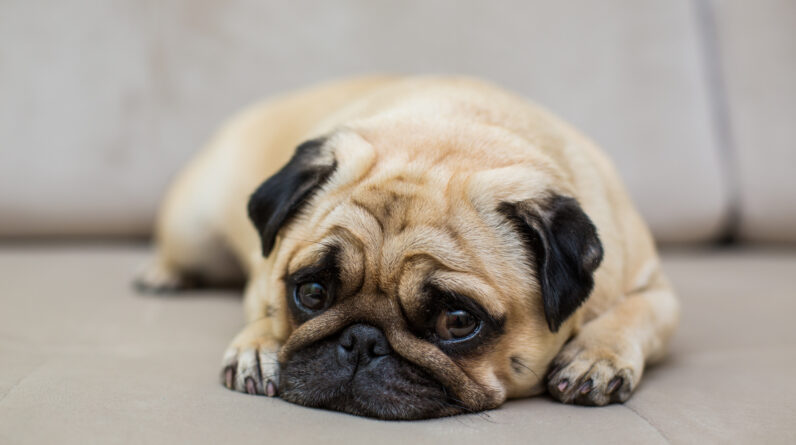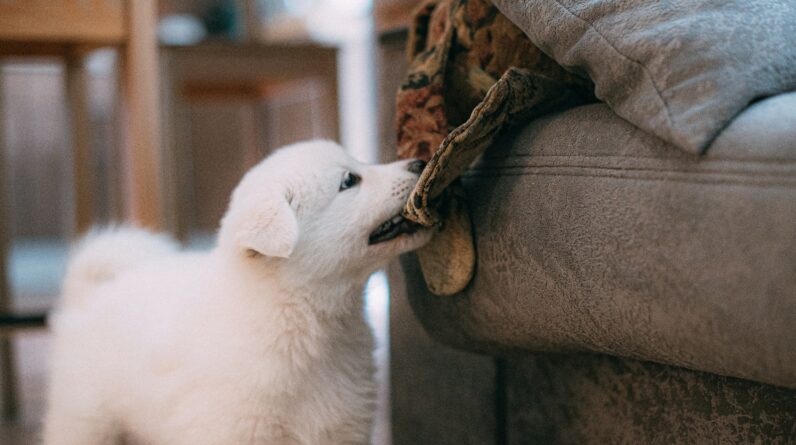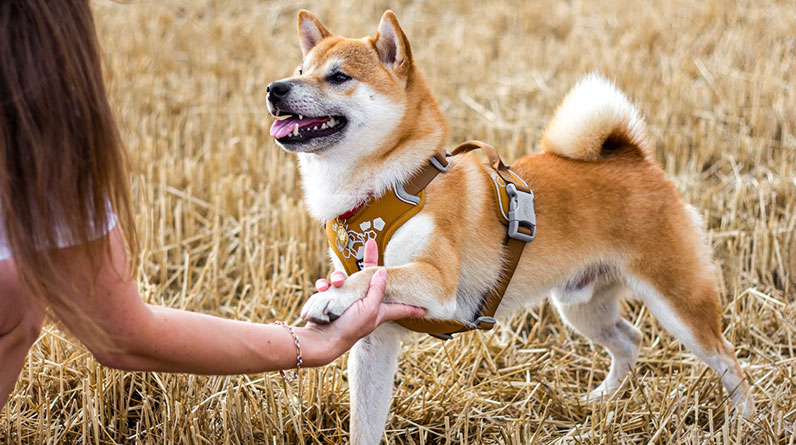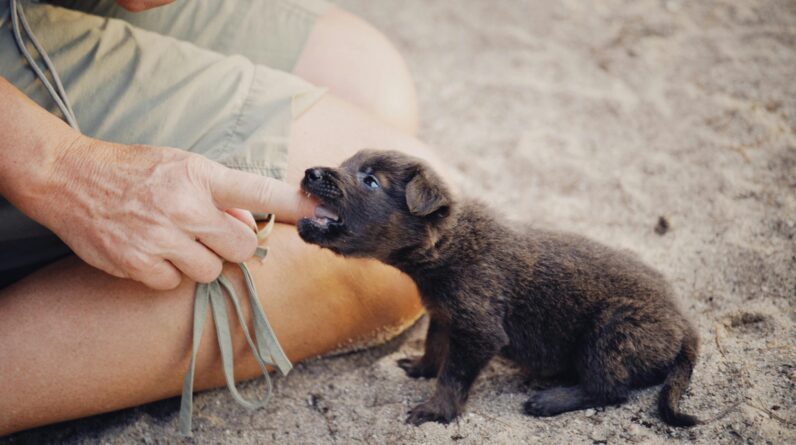
Those razor-sharp puppy teeth can be a real pain – literally! If you’re a new puppy parent, you’ve probably experienced the ‘joys’ of puppy biting firsthand. But don’t worry, we’re here to help you turn those nippy play sessions into gentle, fun interactions. Let’s dive into understanding why puppies bite and how to teach them better ways to interact.
Why Do Puppies Bite?
Before we jump into prevention techniques, it’s crucial to understand why puppies bite in the first place:
1. **Teething**: Like human babies, puppies go through a teething phase where their gums can be sore and itchy.
2. **Exploration**: Puppies use their mouths to explore the world around them.
3. **Play**: In puppy litters, biting is a normal part of play and learning social boundaries.
4. **Attention-seeking**: Sometimes, puppies bite to get your attention.
Understanding these reasons helps us approach the problem with empathy and effective strategies.
## Effective Techniques for Preventing Puppy Biting
1. Teach Bite Inhibition
Bite inhibition is the ability to control the force of mouthing. Here’s how to teach it:
– Allow gentle mouthing during play, but if it becomes too hard, let out a high-pitched “yelp!” and stop playing immediately.
– Resume play after a short pause. This mimics how puppies learn from their littermates.
– Consistently repeat this to help your puppy understand that biting too hard ends the fun.
2. Redirect to Appropriate Toys
When your puppy starts to bite, quickly offer an appropriate chew toy:
– Keep a variety of toys on hand to find what your puppy prefers.
– Praise your puppy when they chew on the toy instead of you.
– Try different textures – some puppies prefer soft plush toys, while others like rubber or rope toys.
3. Use Positive Reinforcement
Reward your puppy for gentle behavior:
– When your puppy licks you or plays gently, offer lots of praise and maybe a small treat.
– This helps reinforce the behavior you want to see.
4. Provide Plenty of Exercises and Mental Stimulation
A tired puppy is less likely to engage in nipping behavior:
– Ensure your puppy gets enough physical exercise appropriate for their age.
– Use puzzle toys and training sessions to provide mental stimulation.
– A well-exercised puppy is usually a well-behaved puppy!
5. Teach the “Leave It” Command
This command can be a lifesaver in many situations, including playtime:
– Start with a treat in your closed fist.
– Let your puppy sniff and lick your hand, but don’t open it.
– When they stop trying to get the treat, say “Yes!” and reward them with a treat from your other hand.
– Gradually progress to saying “Leave it” before they stop, and reward when they comply.
6. Avoid Rough Play
While it might seem fun, rough play can encourage biting:
– Don’t use your hands as toys.
– Avoid wrestling or other games that might overexcite your puppy.
– Instead, focus on games like fetch or tug-of-war with appropriate toys.
When to Seek Professional Help
If your puppy’s biting seems aggressive rather than playful, or if these techniques don’t seem to be working after several weeks of consistent application, it might be time to consult a professional dog trainer or behaviorist.
Conclusion
Remember, learning takes time and patience. Your puppy isn’t trying to be naughty – they’re just learning how to interact with the world. With consistent training, positive reinforcement, and lots of love, your bitey puppy will soon turn into a gentle, well-mannered dog.
Stay patient, stay positive, and enjoy this precious puppyhood stage. Before you know it, those sharp puppy teeth will be a distant memory, replaced by the joy of a well-trained furry best friend!

